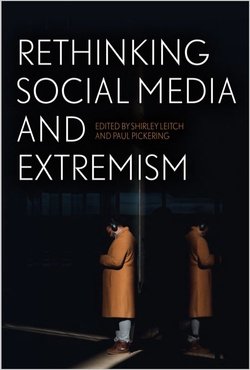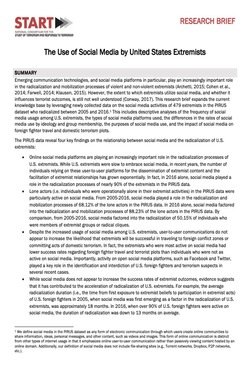By Eden Cole
Commissioned by the Georgian Centre for Strategy and Development (GCSD) as a component of a four-year multi-tier programme on ‘Enhancing the Capacity of Georgia in Preventing Violent Extremism and Radicalization’ funded by the Ministry of Foreign Affairs of the Kingdom of Norway, this Handbook was developed to facilitate Georgia’s ‘Permanent Interagency Commission on Elaboration of the National Counterterrorism Strategy (CNCS)’ Preventing and Countering Violent Extremism (P/CVE) policy development and cooperative programming processes. In a field crowded with documentation and narratives on diverse P/CVE approaches, this Handbook’s objective is to focus the audience’s attention on counter-terrorism and P/CVE best practice at international and European levels. At the same time, the Handbook enables practitioners from state institutions to sustain institutional P/CVE knowledge and to develop capacity to address P/CVE issues across Georgian society. The Handbook can also be used for training purposes, as well as by other stakeholders to develop their own capacity to implement projects aimed at understanding and limiting the threat of violent extremism. Beginning with an introduction to the evolution of terrorism over the last fifty years, the Handbook outlines the challenges of terrorism to democratic states, and the legal and policy dimensions of effective counter-terrorism and extremism prevention. The Handbook then addresses specific thematic issues, including institutional frameworks for P/CVE, cooperation between state and society, radicalization prevention, the return of foreign terrorist fighters and their families, and broader counter-terrorism and P/CVE communication challenges. Placing an emphasis on developing original material and incorporating a variety of relevant and easily accessible best practice materials, the aim across all seven chapters is to ensure that a ‘Whole-of-Society’ approach to P/CVE issues is emphasised in a user-friendly format. Against the background of fifty years of terrorism, democratic societies are still exposed to a variety of risks posed by local and strategic terrorism. Although waves of terrorism occur in peaks and troughs, as contested and ungoverned spaces continue to harbour often well-funded and supplied terrorist and insurgent groups, social and technological developments compound the significant risks posed by even small terrorist movements and cells.
Tbilisi: Georgian Centre for Strategy and Development (GCSD), 2019. 77p.





















